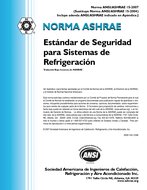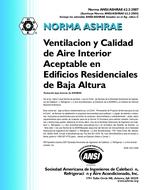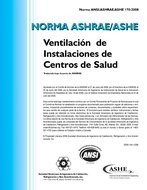Description
Studies the performance of liquid-desiccant air conditioners during an entire cooling season. The computer modelling shows that liquid-desiccant systems can have a very high seasonal coefficient of performance (COP). For a liquid-desiccant system that uses a double-effect boiler, COPs ranging from 1.44 in a humid location (Houston) to 2.24 in a dry location (Phoenix) are achieved by fully exploiting evaporative cooling and providing only the minimum latent cooling needed to meet the loads on the building. This minimises the amount of water absorbed by the desiccant and, hence, the amount of thermal energy needed to regenerate it. In applications where latent heat loads are very high, such as processing the high volumes of ventilation air required to maintain good indoor air quality, the liquid-desiccant air conditioner again has an advantage over vapour-compression equipment. In this study, a liquid-desiccant system is modelled that cools and dehumidifiers only the ventilation air of an office building in Atlanta. Although processing an air-stream that is only 25% of the total air delivered to the building, the liquid-desiccant system is able to meet 52% of the building’s seasonal cooling requirements and reduce the building’s peak electrical demand by about 47%.
KEYWORDS: year 1995, performance, desiccants, unit air-conditioners, relative humidity, cooling, buildings, dehumidifying, energy conservation, comparing, efficiency, heat exchangers, absorbers, ventilation, cooling load, electricity consumption, coefficient of performance.
Citation: Symposium, ASHRAE Trans. 1995, Vol.101, Part 1, Paper number CH-95-1-1, 525-527
Product Details
- Published:
- 1995
- File Size:
- 1 file , 930 KB
- Product Code(s):
- D-16849




